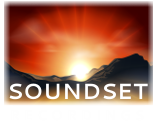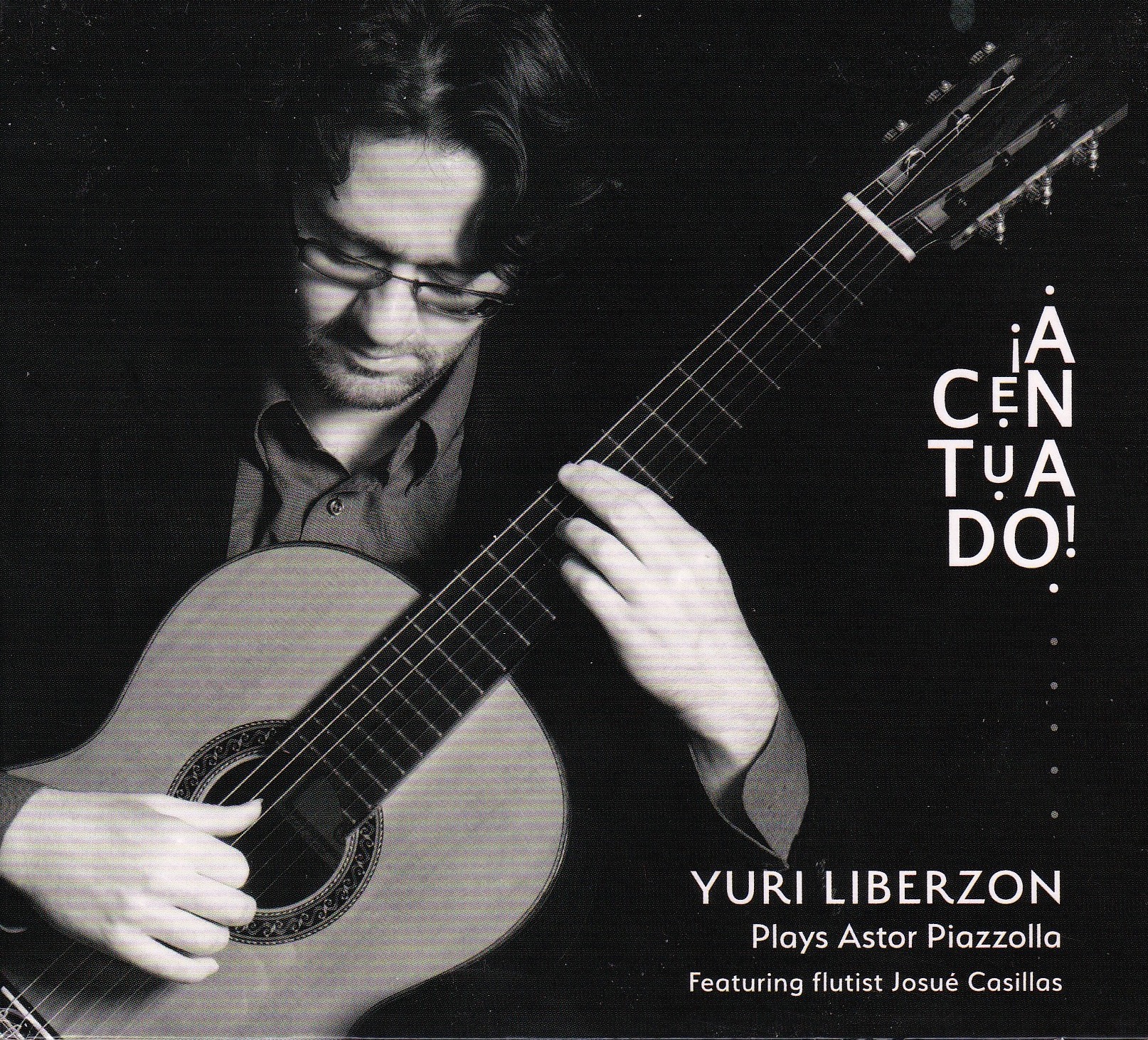Tango-Études
The six Tango-Études were written in 1987 for solo flute during the later years of Astor Piazzolla’s career. While not abandoning his connection to the tango, Piazzolla returned to a more “classical” style of composition.
Being familiar with Piazzolla’s more famous works (both originally written for guitar and arrangements), I was thrilled to discover the Tango- Études after listening to Manuel Barrueco’s recording of his own transcription for guitar. This work immediately grabbed my attention and I recognized Piazzolla’s familiar, yet unique compositional style. The tango rhythms and gorgeous melodic lines made me fall in love with this set of études. Each étude is based on a different musical idea and works very well as a set; similar in fashion to Johann Sebastian Bach’s sonatas and partitas for solo violin.
Barrueco’s transcription is superb, very demanding both technically and musically. With had implied voices, harmonies, and accompaniment figures, Barrueco manages to retain Piazzolla’s style; making it sound as if yet so I have written the words for the guitar.
I am infinitely grateful to Maestro Manuel Barrueco, my former teacher, for his mentorship and inspiration and in particular for this wonderful addition to the guitar repertoire.
Histoire du Tango
Written in 1986 for flute and guitar as a set of four movements, Histoire du Tango is one of Astor Piazzolla’s most famous works. It attempts to convey the history and evolution of tango. Below are excerpts from Piazzolla’s program notes describing each movement:
Bordel, 1900: The tango originated in Buenos Aires in 1882. First it was played on guitar and flute. Arrangements then came to include piano and concertina. This music is a high-spirited tango, full of grace and liveliness. It paints a picture of the good-natured chatter of the French, Italian and Spanish women who worked in the bordellos as they enticed the policemen, thieves, sailors and clientele who came to see them.
Café, 1930: This is another age of the tango. People started preferring to listen to tango rather than dance to it. This kind of tango underwent a total transformation: it became more musical and more romantic, the movements are slower, with new and often melancholic harmonies. The tango of this period is sometimes sung as well.
Night Club, 1960: During this period, a fusion of Brazilian bossa nova and Argentinian tango is occurring. This marked a revolution and a profound alteration in some of the original tango forms and became part of the popular culture.
Concert D’Aujourd’hui: Some concepts in tango music become intertwined with modern music. Bartok, Stravinsky and other composers reminisce to the tune of tango music. This is today’s tango, and the tango of the future as well.
The six Tango-Études were written in 1987 for solo flute during the later years of Astor Piazzolla’s career. While not abandoning his connection to the tango, Piazzolla returned to a more “classical” style of composition.
Being familiar with Piazzolla’s more famous works (both originally written for guitar and arrangements), I was thrilled to discover the Tango- Études after listening to Manuel Barrueco’s recording of his own transcription for guitar. This work immediately grabbed my attention and I recognized Piazzolla’s familiar, yet unique compositional style. The tango rhythms and gorgeous melodic lines made me fall in love with this set of études. Each étude is based on a different musical idea and works very well as a set; similar in fashion to Johann Sebastian Bach’s sonatas and partitas for solo violin.
Barrueco’s transcription is superb, very demanding both technically and musically. With had implied voices, harmonies, and accompaniment figures, Barrueco manages to retain Piazzolla’s style; making it sound as if yet so I have written the words for the guitar.
I am infinitely grateful to Maestro Manuel Barrueco, my former teacher, for his mentorship and inspiration and in particular for this wonderful addition to the guitar repertoire.
Histoire du Tango
Written in 1986 for flute and guitar as a set of four movements, Histoire du Tango is one of Astor Piazzolla’s most famous works. It attempts to convey the history and evolution of tango. Below are excerpts from Piazzolla’s program notes describing each movement:
Bordel, 1900: The tango originated in Buenos Aires in 1882. First it was played on guitar and flute. Arrangements then came to include piano and concertina. This music is a high-spirited tango, full of grace and liveliness. It paints a picture of the good-natured chatter of the French, Italian and Spanish women who worked in the bordellos as they enticed the policemen, thieves, sailors and clientele who came to see them.
Café, 1930: This is another age of the tango. People started preferring to listen to tango rather than dance to it. This kind of tango underwent a total transformation: it became more musical and more romantic, the movements are slower, with new and often melancholic harmonies. The tango of this period is sometimes sung as well.
Night Club, 1960: During this period, a fusion of Brazilian bossa nova and Argentinian tango is occurring. This marked a revolution and a profound alteration in some of the original tango forms and became part of the popular culture.
Concert D’Aujourd’hui: Some concepts in tango music become intertwined with modern music. Bartok, Stravinsky and other composers reminisce to the tune of tango music. This is today’s tango, and the tango of the future as well.



